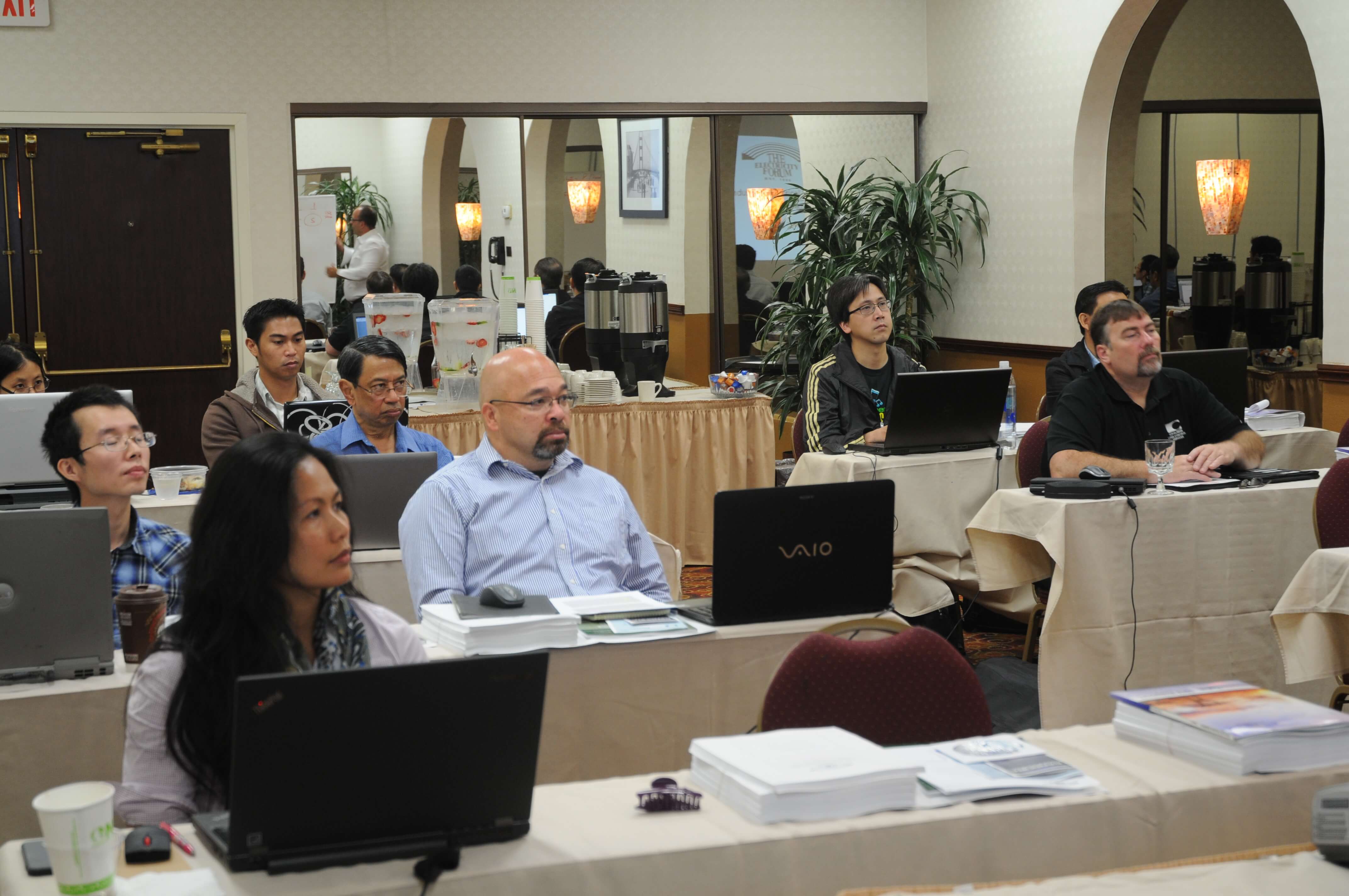
Trusted Electrical Training for
Industry Professionals
Training 60,000+ professionals across North America in industrial, commercial, and institutional power systems.
- Over 30+ years of industry service
- Experienced, certified, expert instructors
- Accredited by IACET and Engineering Institute of Canada
- CEU and PDH credits recognized by employers
Companies That Chose Our Training

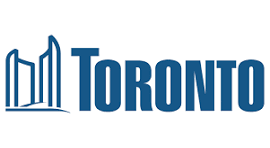

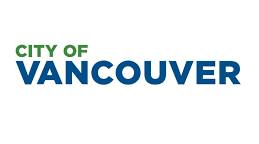




Explore Our Top In-Demand Training Subjects
Explore a wide selection of training categories designed to help power industry professionals gain practical skills, meet regulatory standards, and advance their careers with confidence.
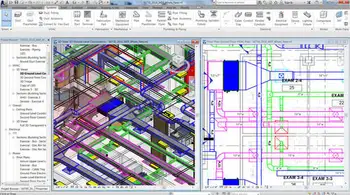
Autocad Electrical Training
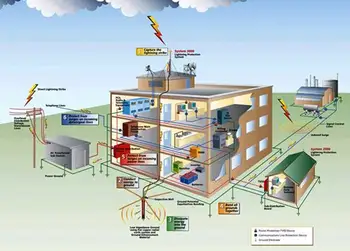
Building Automation

Cable Splicing Training

Electric Motor Training

Electrical Codes and Standards Training

Electrical Safety Training

Electrical Testing and Maintenance
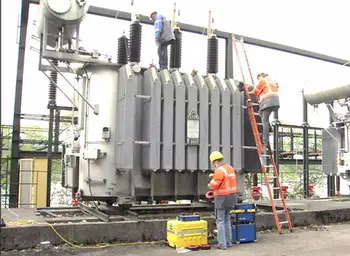
Electrical Transformer Training

Energy Storage Training

Fire Alarm System Training

General Electrical Training
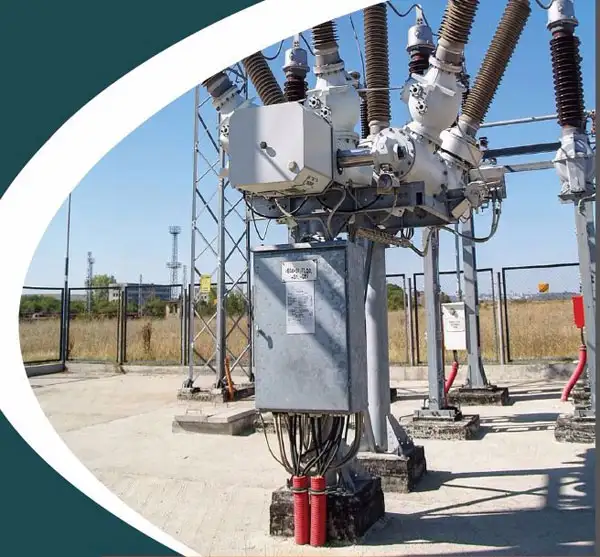
Grounding and Bonding Training

Industrial Automation Training
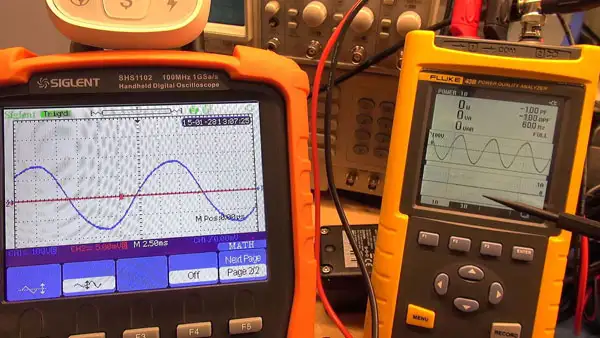
Power Quality Training
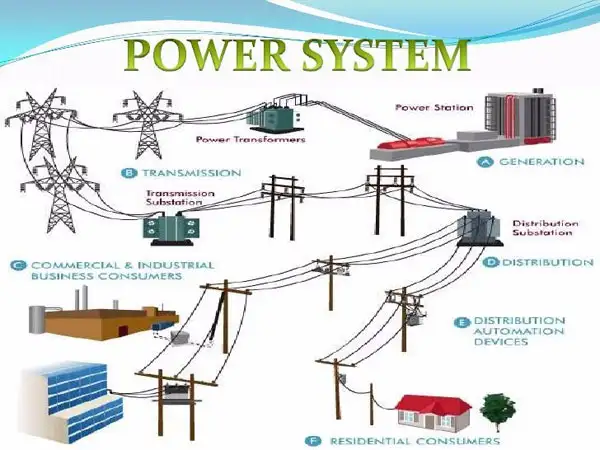
Power System Engineering Courses

Power System Protection Training

Renewable Energy Training
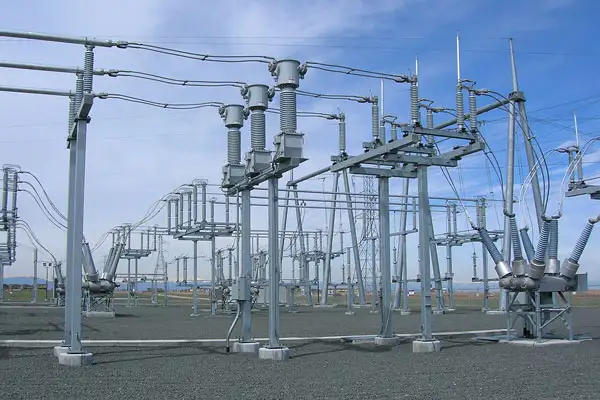
Substation Training
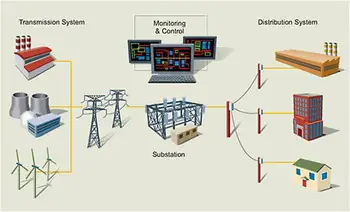
T&D Automation Training
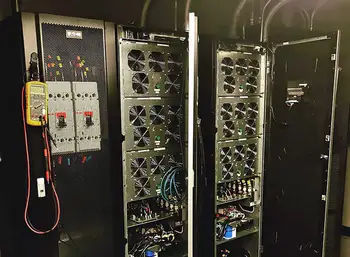
UPS and Generator Training

Flexible Training Formats to Fit Your Needs
Whether you're an individual professional or training a full team, EFTI offers delivery options that meet you where you are. Choose from online or in-person formats.

Why Professionals Choose EFTI
Built for the power industry, our training is trusted, certified, and proven to deliver results.
Industry-Proven Instructors
Courses taught by certified instructors with decades of real-world experience.
Applied Learning
Hands-on procedures tailored to industrial, utility, and commercial environments.
Proven & Accredited
60,000+ trained • IACET & EIC certified • CEU/PDH credits recognized
About EFTI
EFTI delivers practical, real-world electrical training led by certified experts with decades of industry experience. Our courses are tailored to utility, industrial, and commercial environments, enhancing safety and productivity for over 60,000 professionals.
Earn Recognized CEU/PDH Credits That Meet Industry Standards
- Meets industry-recognized continuing education standards
- CEU/PDH certificates provided upon completion
- Complies with employer and regulatory requirements






What Our Graduates Say
Practical insights from working professionals who advanced their careers through EFTI training.
"EFTI's training gave me the practical skills I needed to make an impact right away. I was able to apply everything I learned on the job the very next day!"
View Arc Flash Safety courses ›"The EFTI courses were incredibly thorough, and the instructors brought real-world experience to the classroom. I felt confident applying the skills right away."
View Codes and Standards courses ›"I can't recommend EFTI enough. The training wasn't just theoretical – it was all about real-world skills that I could use from day one. It's made a huge difference in my role."
View Electrical Protection courses ›
Request a free training quote – Live Online & In-Person Group Training
Whether you choose live online or in-person instruction, our electrical training can be customized to your needs and delivered to your team at one or multiple locations.
- Interactive – Real-Time Q&A
- Tailored – Built To Your Needs
- Flexible – Join From Any Location
- Cost-Saving – No Travel Expenses
- Certified – Earn CEU Credits
- Discounted – Multi-Course Savings
Our instructors will work with you to assess your team's skills and tailor the training to match your requirements.






